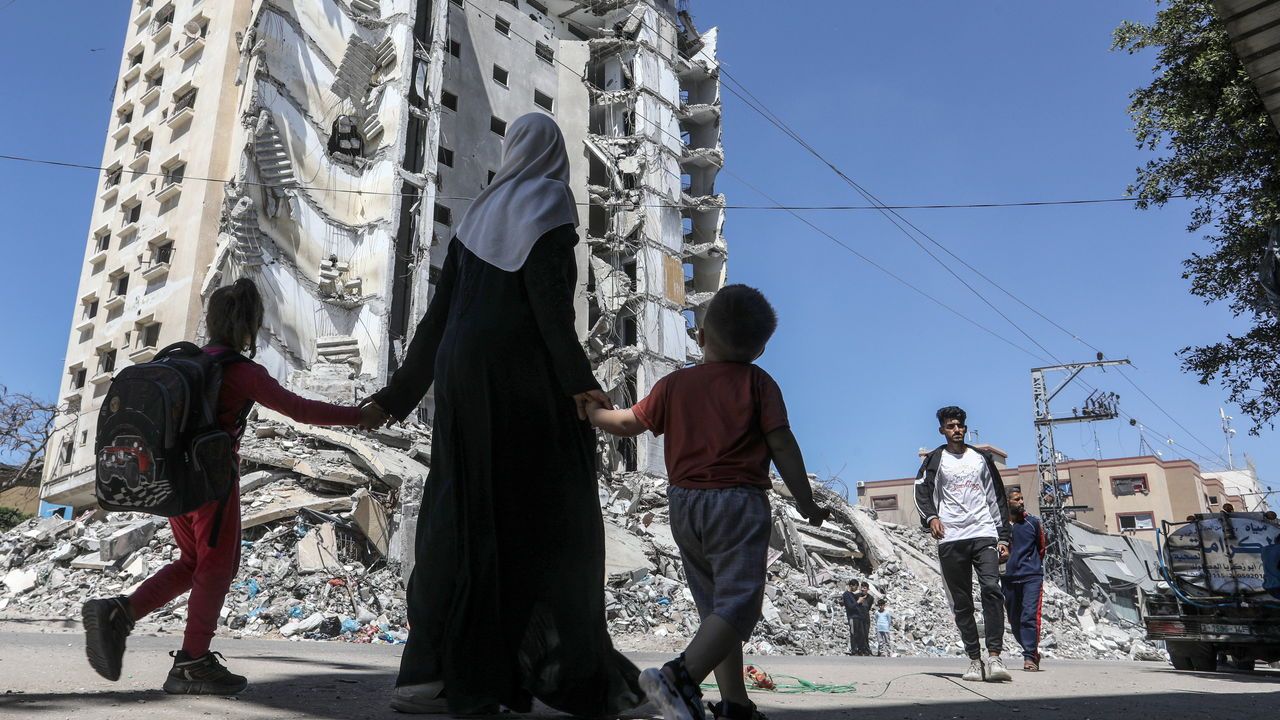What are the obligations of Israel and Hamas to protect civilians?
International Humanitarian Law creates obligations—but contains numerous caveats

THE ISRAEL DEFENCE FORCES (IDF) are preparing for an offensive against the city of Rafah, in the southernmost tip of Gaza. It is the last redoubt of Hamas—but is also home to some 1.5m displaced Palestinians. Fearing a humanitarian catastrophe, even Israel’s closest ally, America, has warned against military operations there. But Israel’s prime minister, Benjamin Netanyahu, insists that the IDF will go in. He claims to have a plan to protect civilians. One Israeli official said that the country was buying 40,000 tents to prepare for an evacuation. Israel argues that it has always abided by International Humanitarian Law (IHL) in Gaza. What exactly are its obligations?
Explore more
More from The Economist explains

Would legal doping change the Olympics?
The impact would be smaller—and worse—than proponents of drug-taking claim

Do vice-presidential picks matter?
If they have any effect on an election’s result, it is at the margins

What led to the bitter controversy over an Olympics boxing match?
A mighty punch by an Algerian boxer has revived a politically charged dispute
Is this the end of Project 2025, the plan that riled Donald Trump?
The right-wing blueprint for governing has taken centre-stage in America’s presidential campaign
Who should control Western Sahara?
France becomes the latest country to back Morocco’s claim
Who are the Druze, the victims of a deadly strike on Israel?
The religious minority has often been caught up in regional crossfire in the Middle East